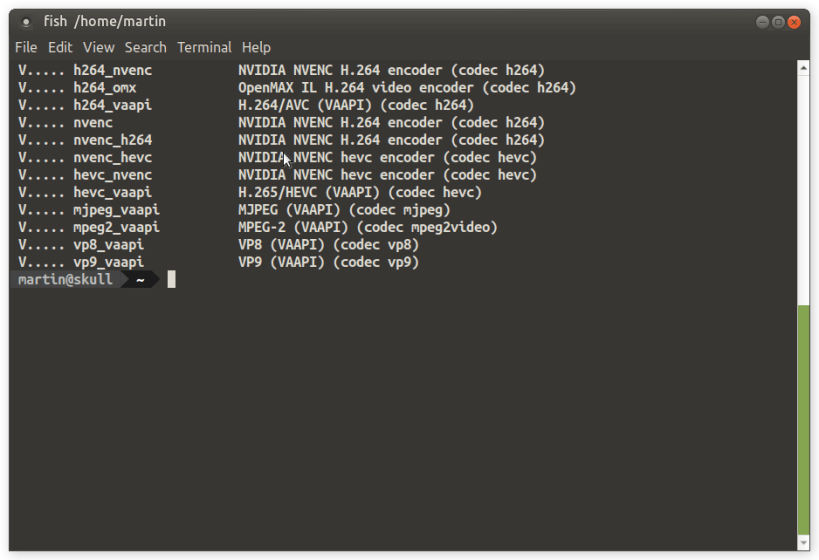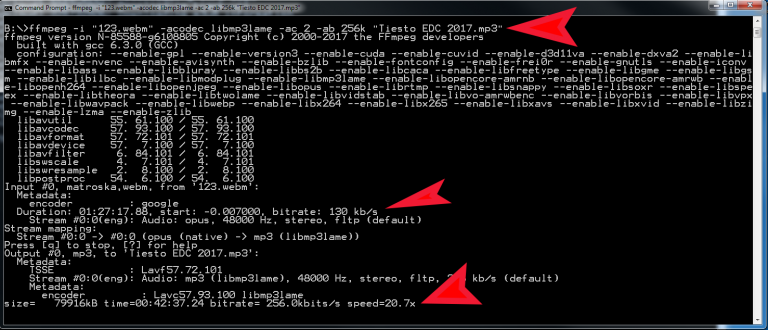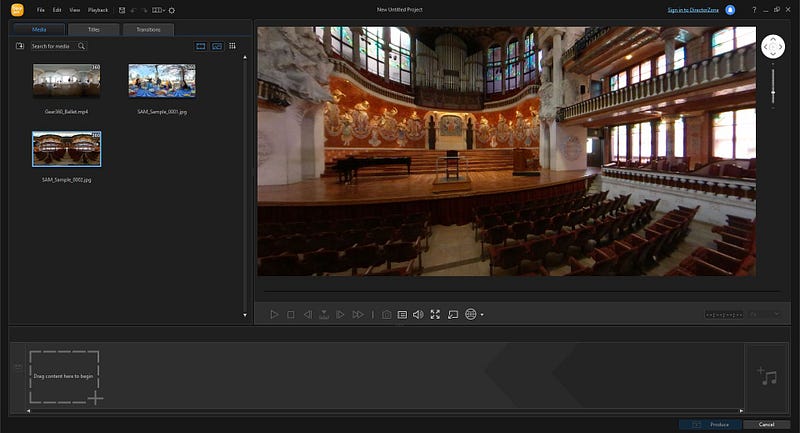
If you want to split a large video into multiple smaller clips without re-encoding, ffmpeg can help. You can use the time offset parameter (-ss) to specify the start time stamp in HH:MM:SS.ms format while the -t parameter is for specifying the actual duration of the clip in seconds.įfmpeg -i input.mp4 -ss 00:00:50.0 -codec copy -t 20 output.mp4 2. If you are just getting started, here are some commands that will give you a good idea of the capabilities of this tool. ffmpeg -formats to get a list of every format that is supported by your FFmpeg installation. Useful FFmpeg CommandsįFmpeg supports all popular audio and video formats. Whether you want to join two video files, extract the audio component from a video file, convert your video into an animated GIF, FFmpeg can do it all and even more.Įxtract the audio from a video file with this simple FFmpeg command. It is free and available for Windows, Mac and Linux machines. In my case -map 0 -map 1 will suffice, The first file is DV+audio, the othwe is second stereo track in separate WAV, so no need to specify streams inside files, as i want to mx everything together.FFmpeg is an extremely powerful and versatile command-line tool for converting audio and video files. This answers my question, so the bb switch is correct, and the tb in tis case is incorrect.

Something like -map 0:0 -map 0:1 -map 1:1 (include streams 0 and 1 of the first input file, stream 1 of the second input file).

If your second audio stream is from a second source file use -map file tream to indicate which streams you want to include. Something like -map 0:0 -map 0:1 -map 1:1 (include streams 0 and 1 of the first input file, stream 1 of the second input file).īy the way, to get ffmpeg to include all audio streams when it remuxes use -map 0. If your second audio stream is from a second source file use -map file:stream to indicate which streams you want to include. I don't think many programs create or pay any attention to vprp chunks.īy the way, to get ffmpeg to include all audio streams when it remuxes use -map 0. This is the first time I've seen an AVI file with a vprp chunk.


I looked a little more closely at what ffmpeg does that's different than the other programs: Ffmpeg adds an ODML 2.0 vprp chunk with the field order flags. The players were all set up to display 30i video at 59.94 fps. Even ffmpeg created videos with -field_order tt and bt (which are definitely wrong). Original scan order : Bottom Field First All the files played properly in the media players I tried.


 0 kommentar(er)
0 kommentar(er)
